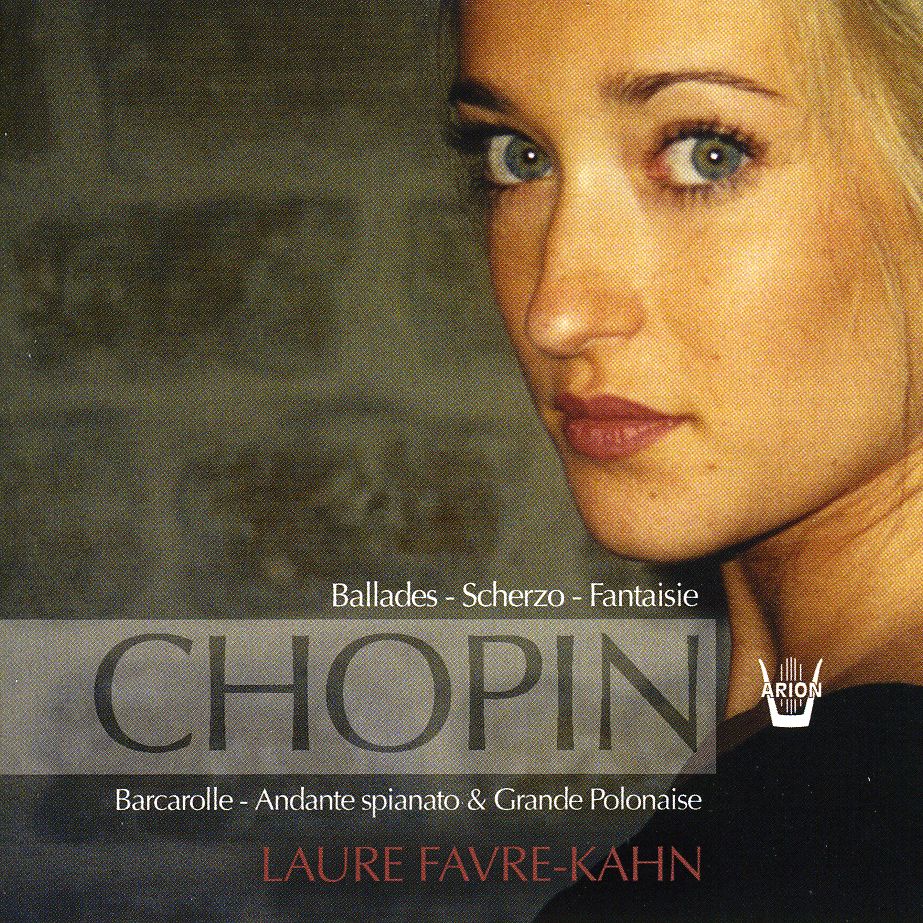
description
poetic sequence inspired by the work of the acclaimed Dutch painter of floral still lifes Rachel Ruysch (1665-1750) and her father, Frederik Ruysch (1638-1731), an anatomist and botanist well-known for his innovative embalming techniques. With Rachel's help, Frederik created a series of dioramas incorporating human, mostly fetal, body parts and decorative elements such as lace ribbons, pearls, and coral that were collected as art. As a counterpoint, Rachel's paintings are remarkable not only for their extravagantly detailed and varied bouquets, but for how she depicts the precarity of such beauty: interspersed between stems in full bloom are those that have wilted or decayed, or those that have been half-eaten by parasitic insects always found lurking nearby. Rouse brings Ruysch and Ruysch into dialogue with other sources, such as H.D.'s Notes of Thought and Vision (City Lights Publishers, 2001), Anne Carson's "The Gender of Sound," Joseon Dynasty placenta jars, and contemporary discourse around reproductive justice, to produce textual and sonic arrangements akin to Rachel's floral bouquets. Through ekphrasis, translation, and remediation, Mia You attempts to build a vocabulary for attending to and grieving both living and non-living things without reinforcing modern valorizations of individual property and personhood, which have mired and limited recent debates on "bodily autonomy." In this Nion Editions chapbook, You's text is accompanied by drawings from South Korean artist Fi Jae Lee, along with a specially printed insert.
Poetry. Family & Relationships. Asian & Asian American Studies. Women's Studies.
member goods
No member items were found under this heading.
Return Policy
All sales are final
Shipping
No special shipping considerations available.
Shipping fees determined at checkout.







